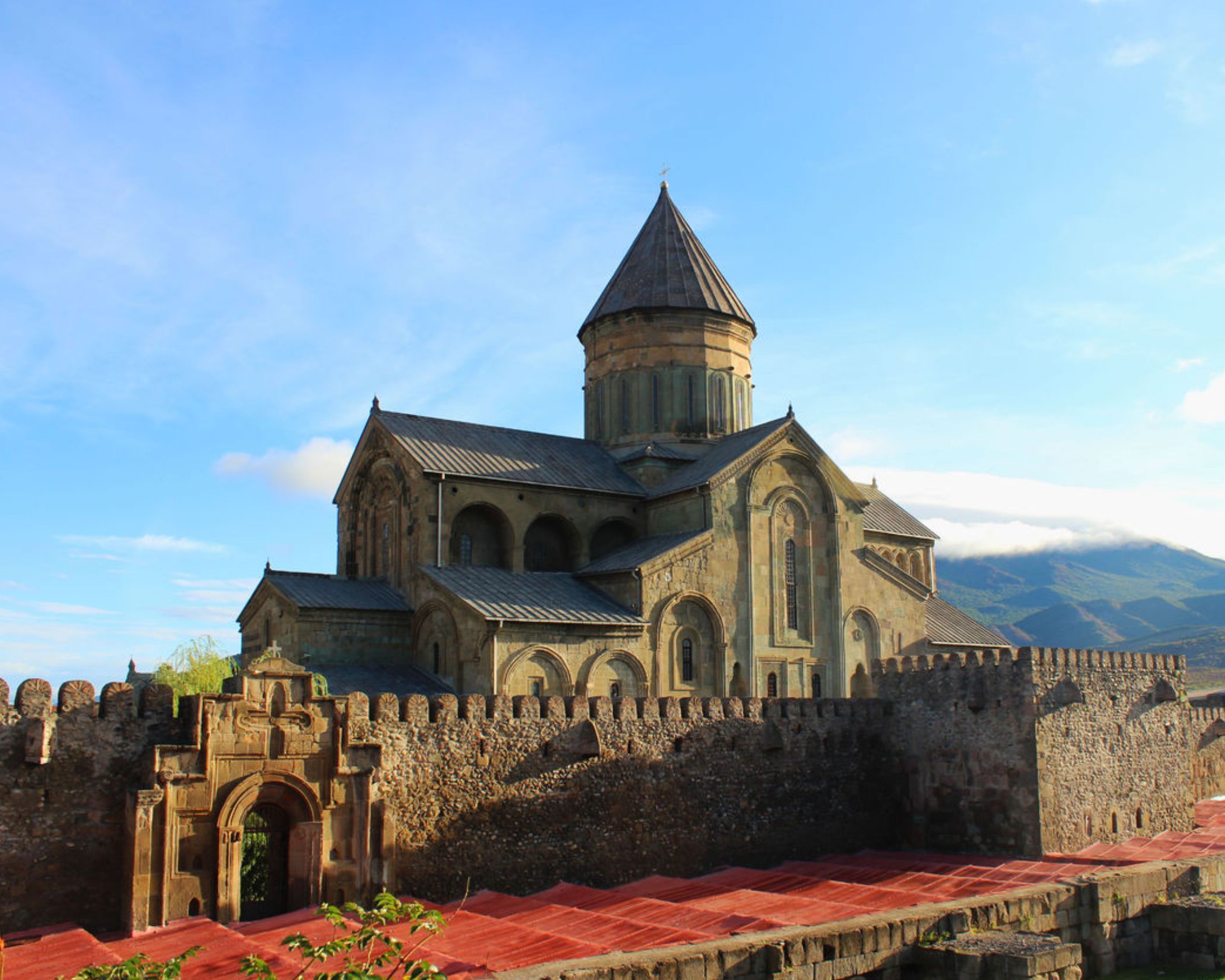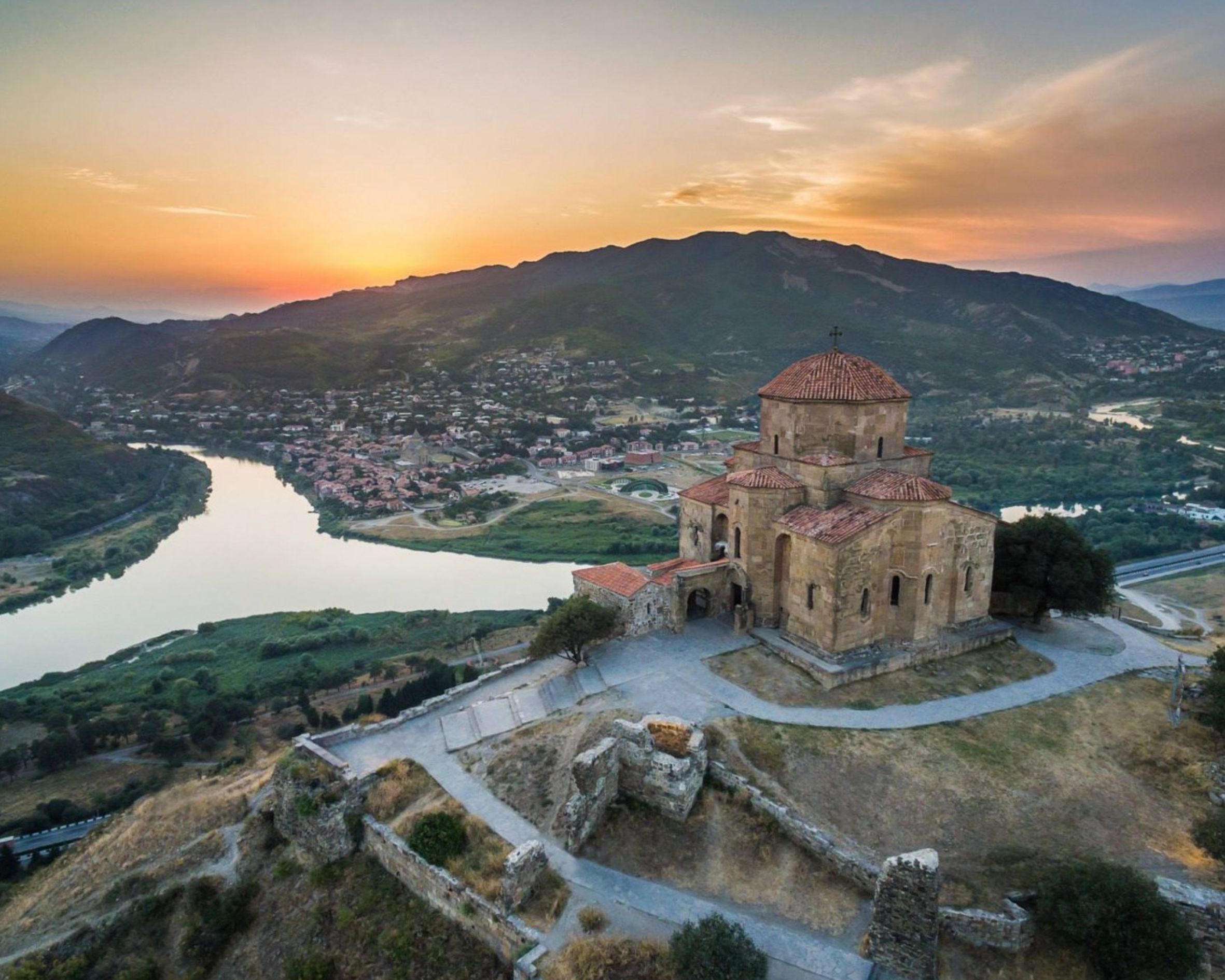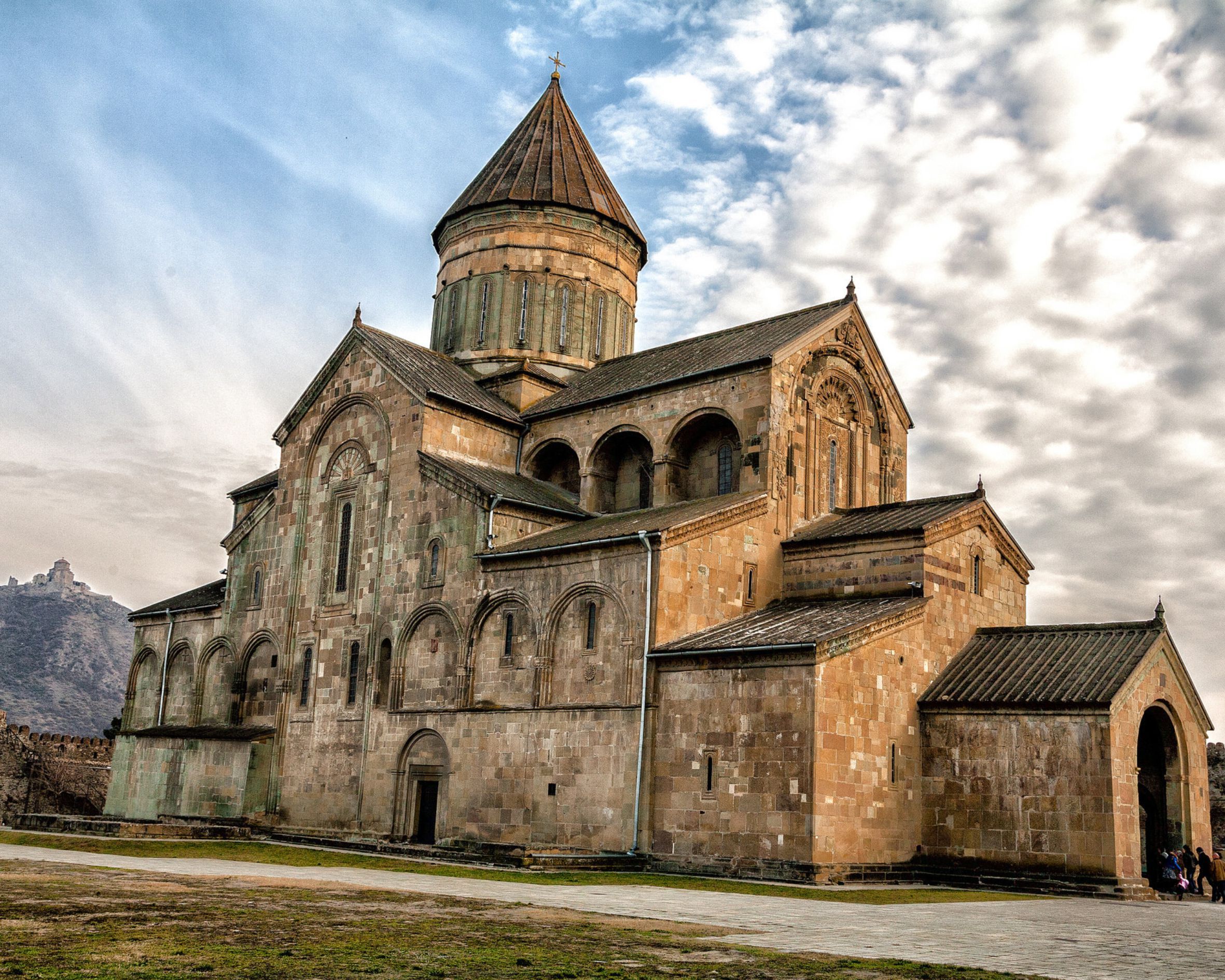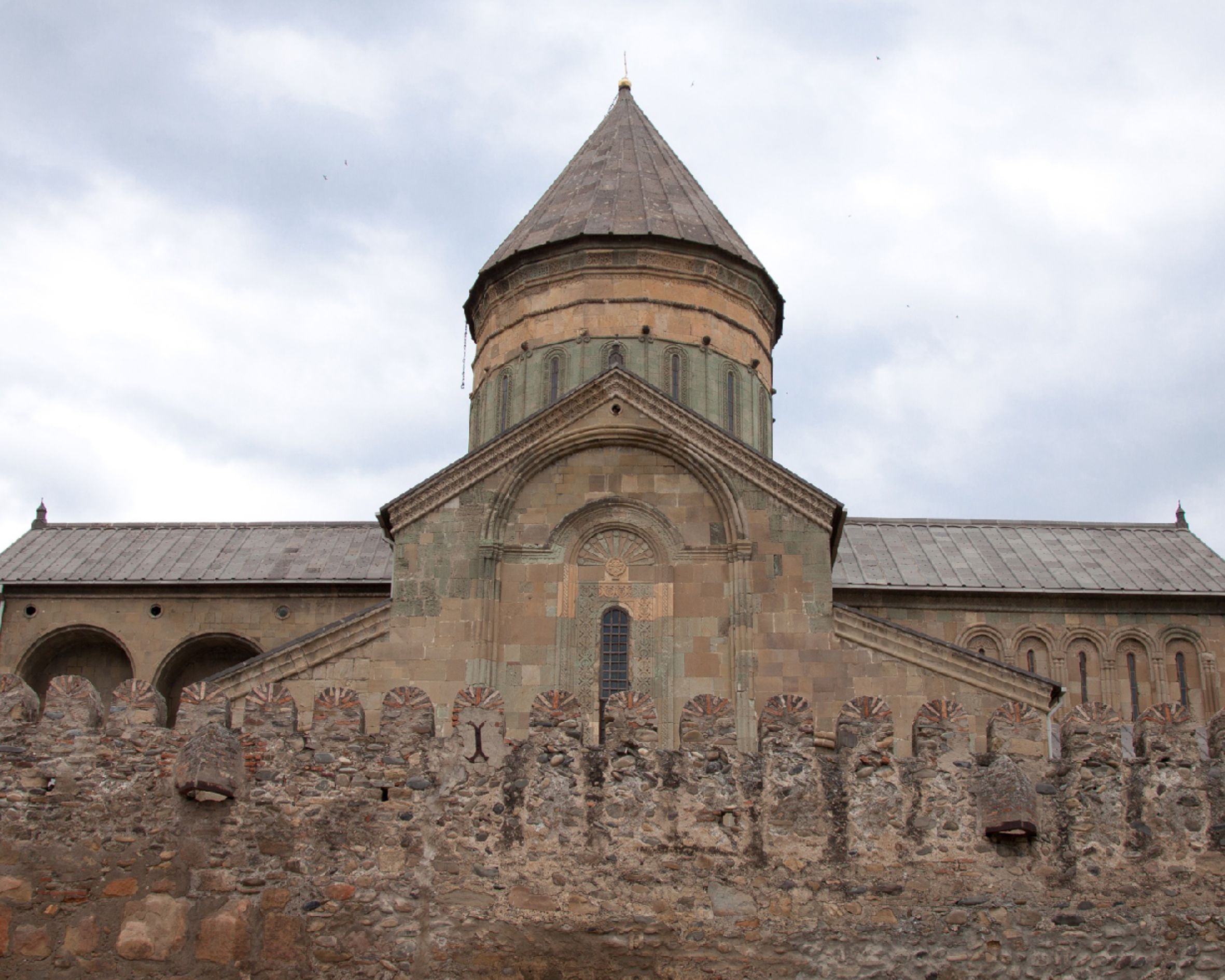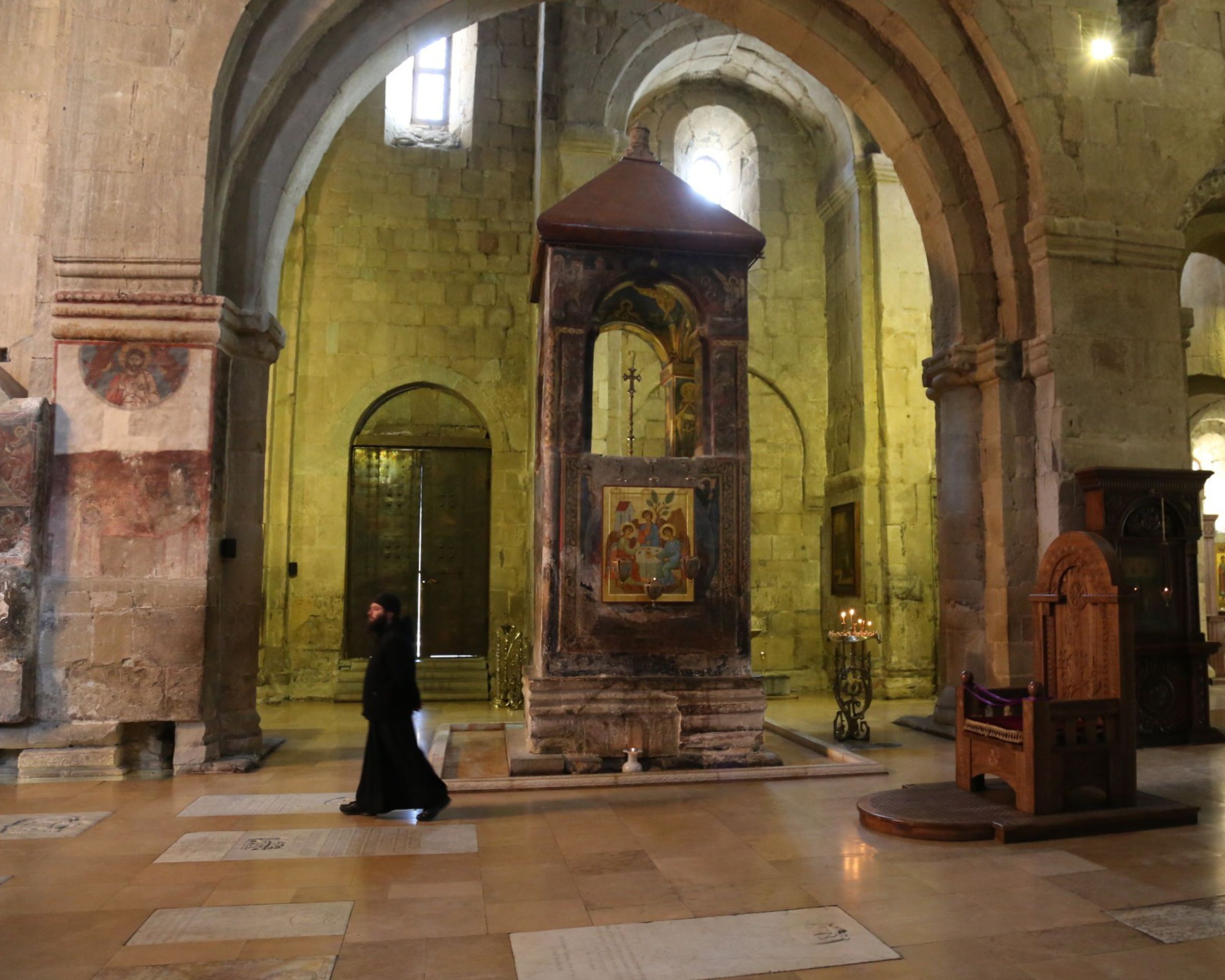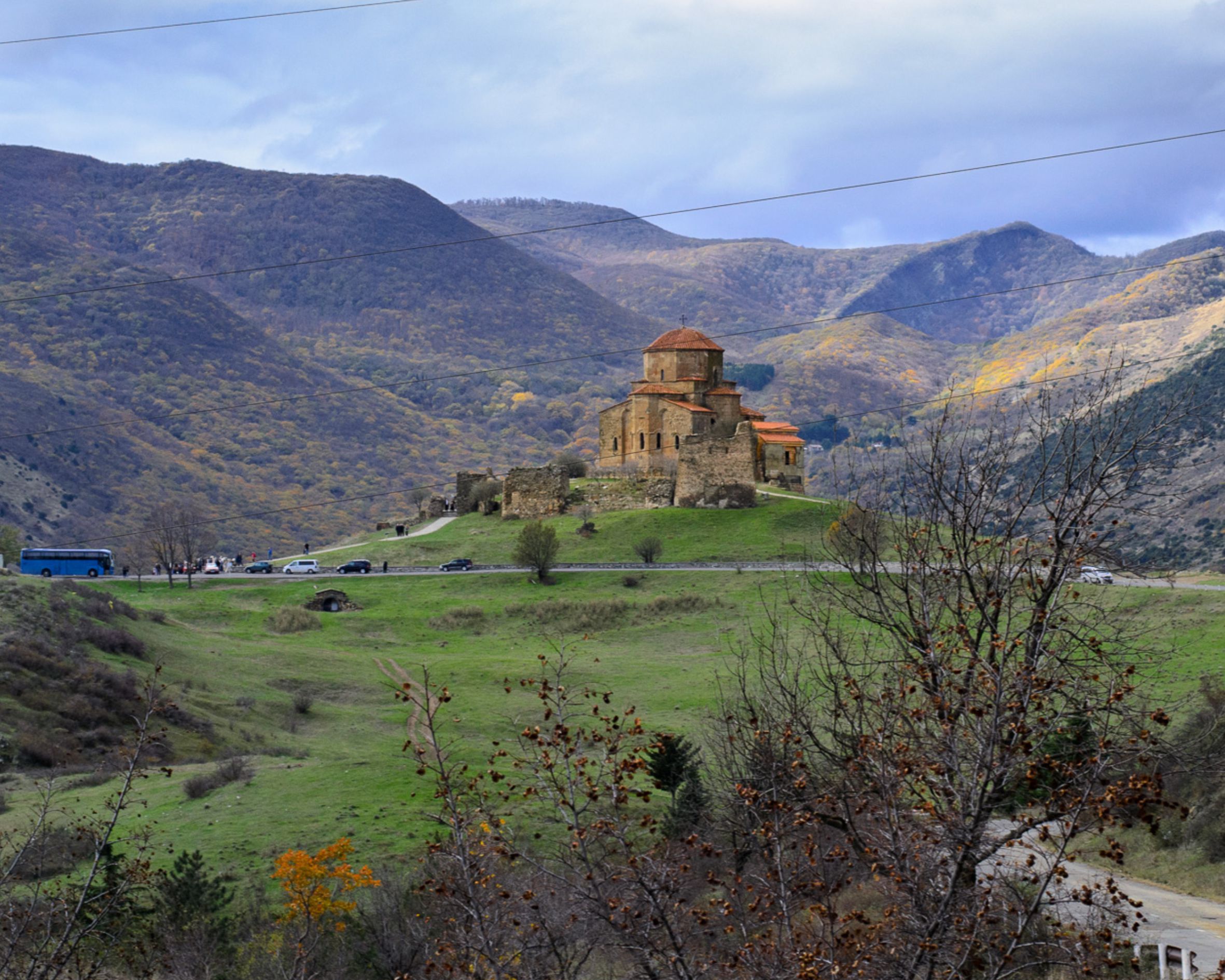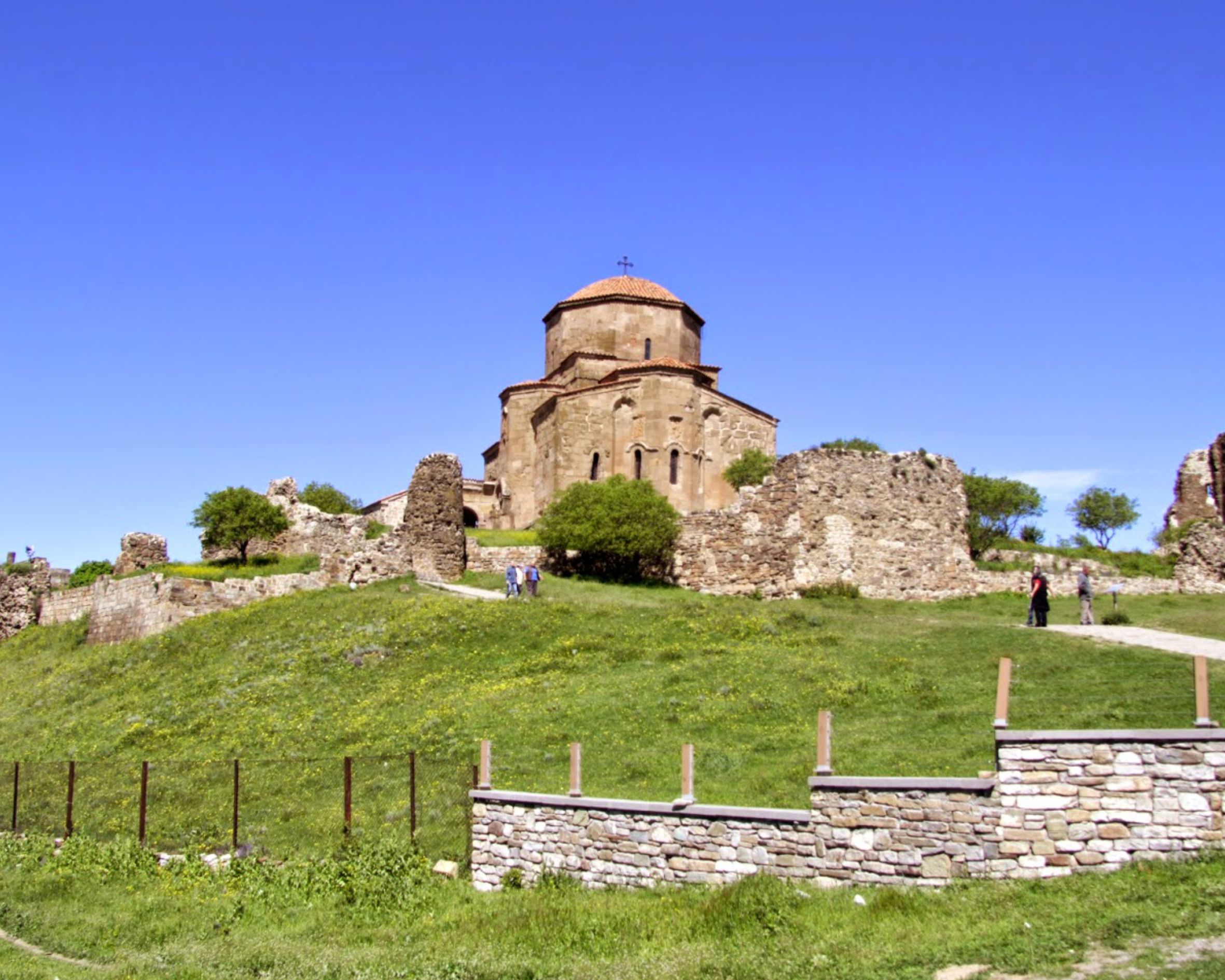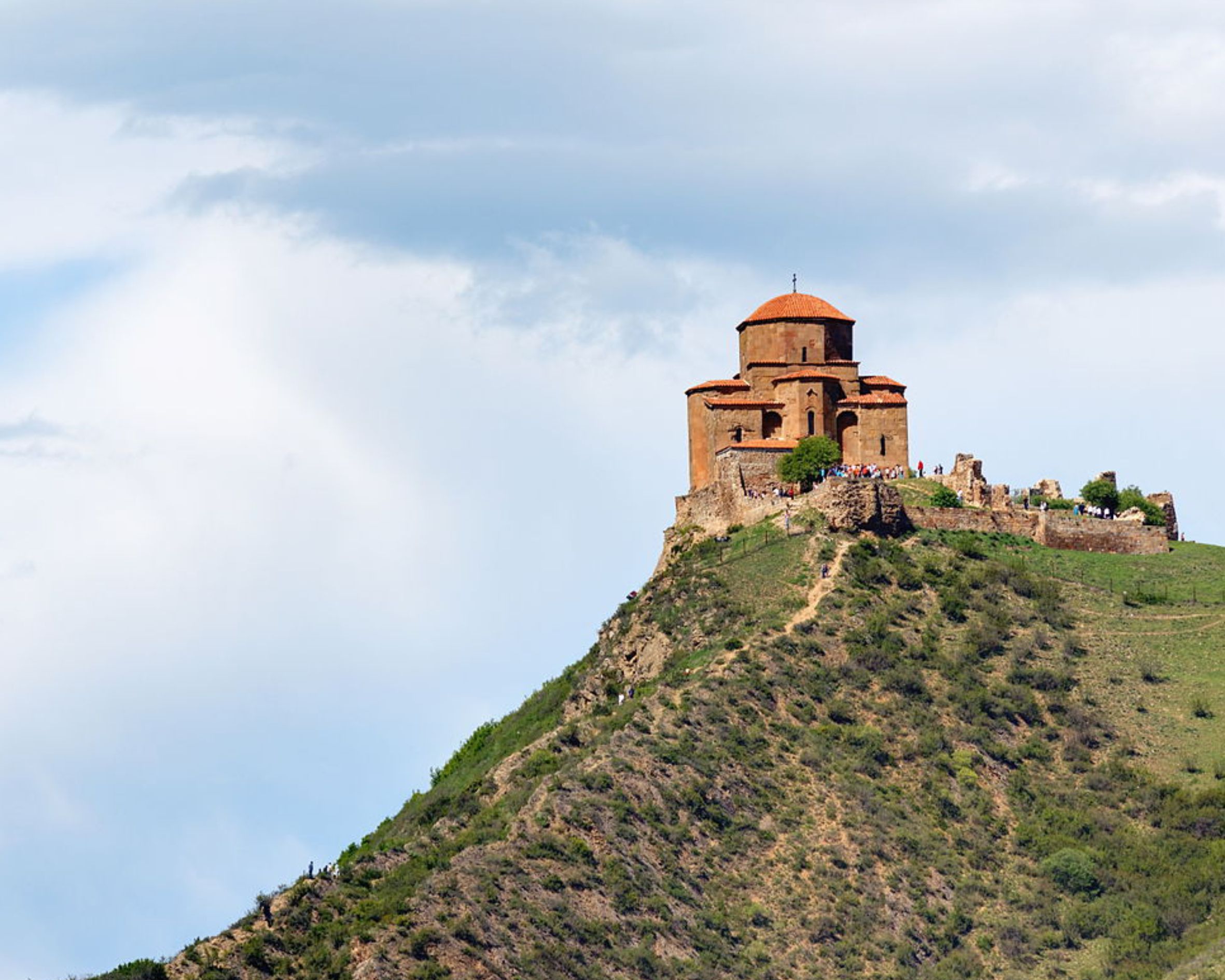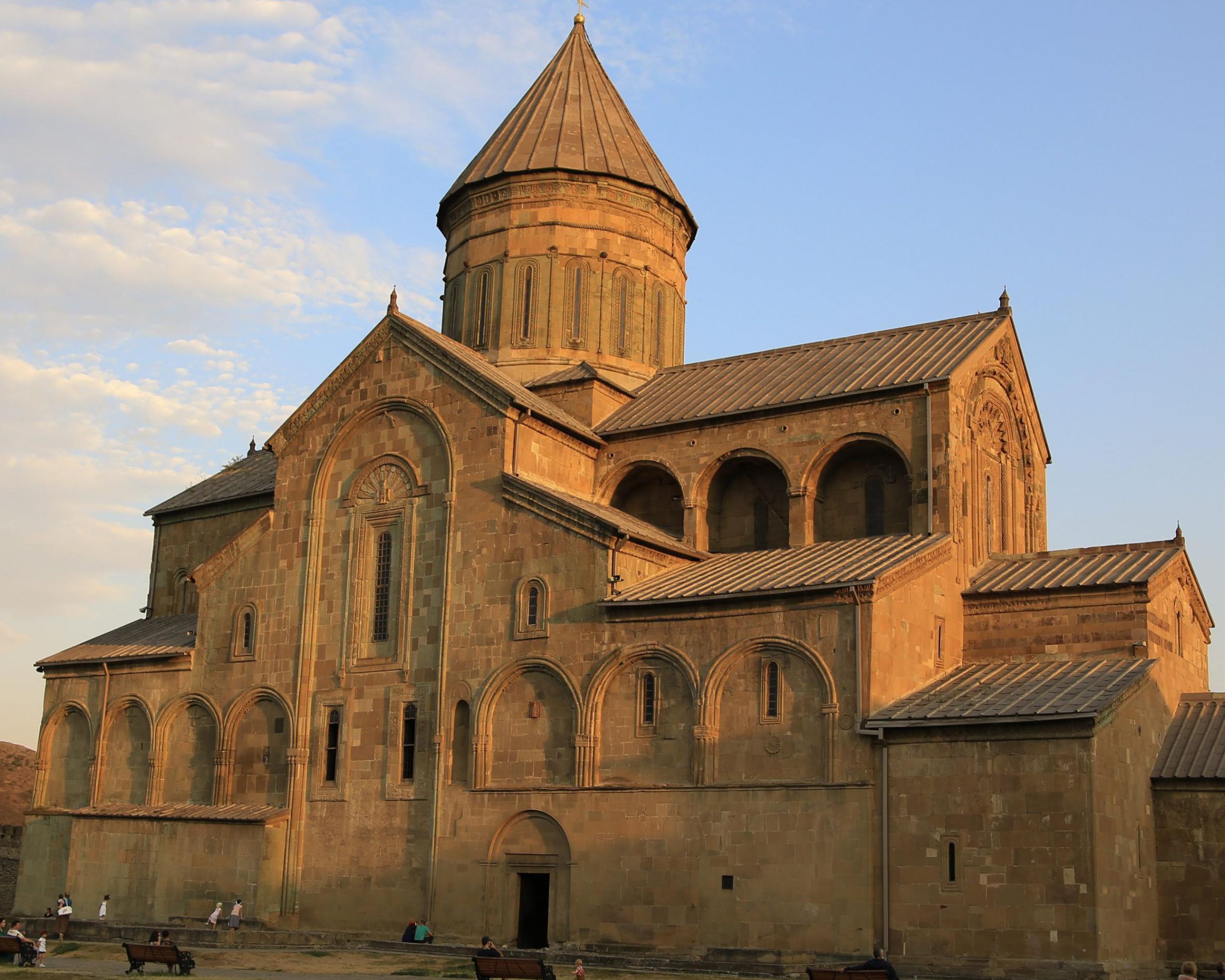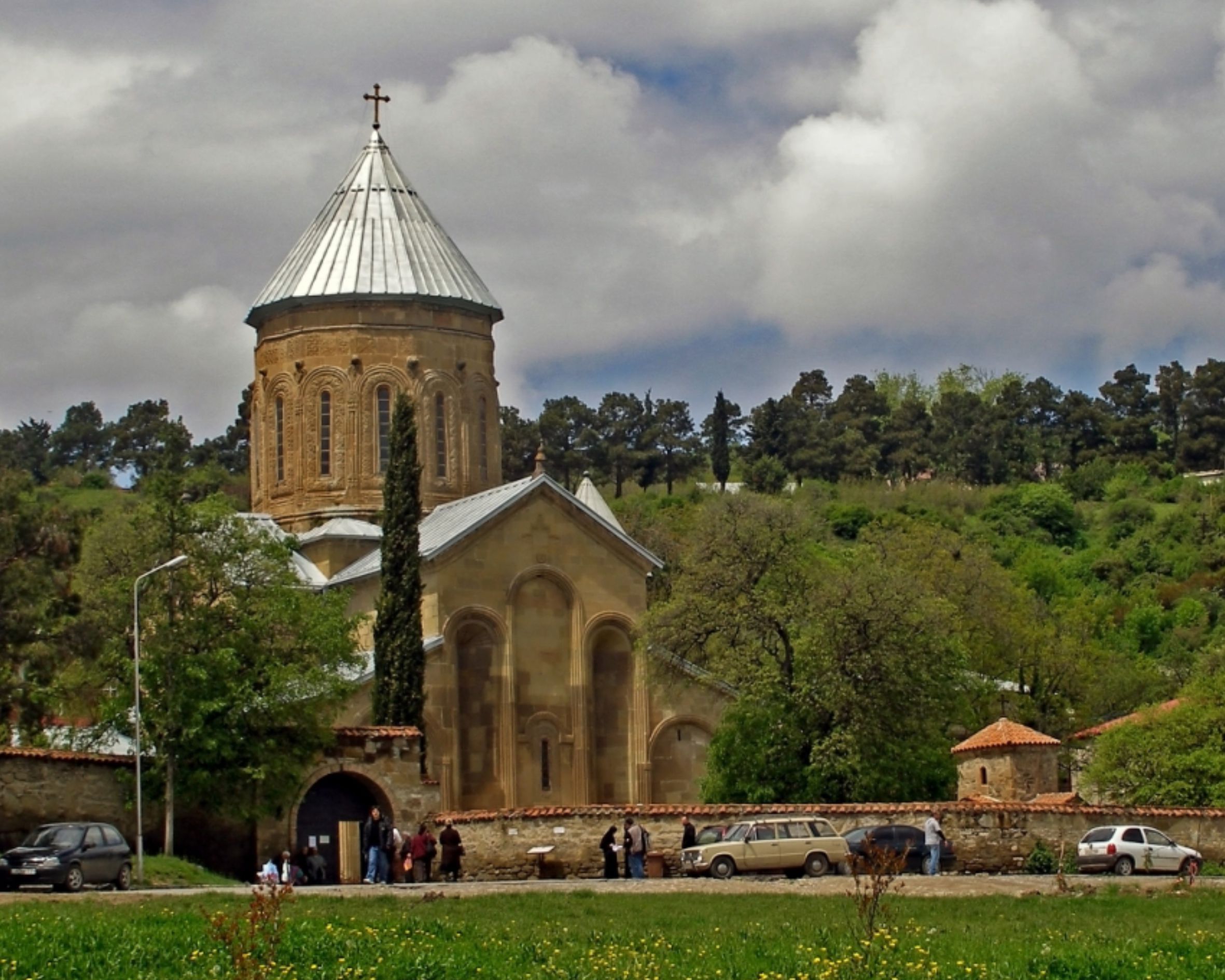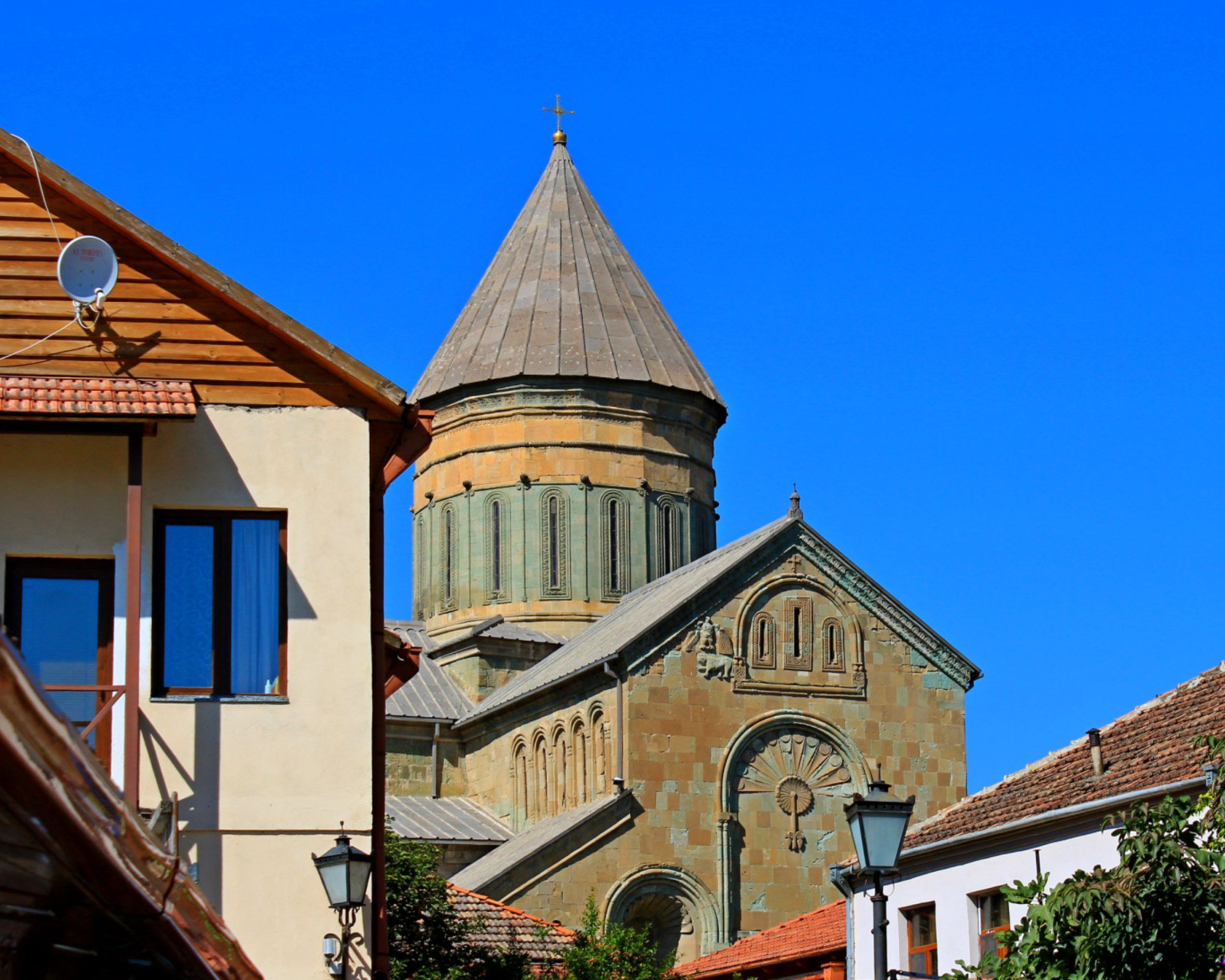Mtskheta
According to legend, the city at the confluence of the Aragvi and Mtkvari rivers in the middle of the 1st millennium BC was founded by a descendant of Noah through the line of his son Japheth Mtskhetos. It was here that Christianity was first adopted, back in 327 AD. In the old sources, Mtskheta was called the second Jerusalem. This city was the first capital of Georgia and the cradle of local culture. Mtskheta is the most sacred city for pilgrimage in Georgia, and declared a UNESCO World Heritage Site.
According to legend, the city at the confluence of the Aragvi and Mtkvari rivers in the middle of the 1st millennium BC was founded by a descendant of Noah through the line of his son Japheth Mtskhetos. It was here that Christianity was first adopted, back in 327 AD. In the old sources, Mtskheta was called the second Jerusalem. This city was the first capital of Georgia and the cradle of local culture. Mtskheta is the most sacred city for pilgrimage in Georgia, and declared a UNESCO World Heritage Site.
Svetitskhoveli Cathedral
One of the most revered places in the Georgian Orthodox Church. Georgian kings were crowned here, and the enthronement ceremony of the Catholicos took place here. The first wooden church on the spot (where the first saint of Georgia Sidonia was buried, who, having received the coveted Lord's chiton from her brother Elioz, pressed It to her chest and died of great sorrow and reverence) was built at the insistence of Saint Nino, but it was not reserved till our days. In the fifth century, King Vakhtang Gorgasal built a stone temple at the same place, and in the eleventh century, when the temple was badly damaged, the temple was rebuilt.
One of the most revered places in the Georgian Orthodox Church. Georgian kings were crowned here, and the enthronement ceremony of the Catholicos took place here. The first wooden church on the spot (where the first saint of Georgia Sidonia was buried, who, having received the coveted Lord's chiton from her brother Elioz, pressed It to her chest and died of great sorrow and reverence) was built at the insistence of Saint Nino, but it was not reserved till our days. In the fifth century, King Vakhtang Gorgasal built a stone temple at the same place, and in the eleventh century, when the temple was badly damaged, the temple was rebuilt.
Jvari Monastery
The most famous and most visited Georgian landmark. Once there was a whole monastery here, but now there is only one temple left that is remarkable for its architecture.
It stands on a mountain on the left bank of the Aragvi and is clearly visible from almost anywhere in Mtskheta. From the temple, however, there are magnificent panoramas of Mtskheta itself and the surrounding valleys. It is believed that at this place after christening of Georgia, St. Nino put a cross, and even the word "Jvari" means a cross. The cathedral was built in the sixth century. Many people think that it is Jvari Monastery that is mentioned by Lermontov in the poem "Mtsyri".
The most famous and most visited Georgian landmark. Once there was a whole monastery here, but now there is only one temple left that is remarkable for its architecture.
It stands on a mountain on the left bank of the Aragvi and is clearly visible from almost anywhere in Mtskheta. From the temple, however, there are magnificent panoramas of Mtskheta itself and the surrounding valleys. It is believed that at this place after christening of Georgia, St. Nino put a cross, and even the word "Jvari" means a cross. The cathedral was built in the sixth century. Many people think that it is Jvari Monastery that is mentioned by Lermontov in the poem "Mtsyri".
Samtavro Convent
On the place where the monastery was founded, St. Nino, an enlightener of Georgia, found refuge.
The complex consists of a convent of St. Nino, the Transfiguration Church and the bell tower, surrounded by a fence. It is believed that the foundation of the monastery is connected with the events of the 4th century, when, according to legend, St. Nino convinced King Mirian and Queen Nana to convert to Christianity and make it Georgia's state religion. In the first half of the 11th century, the church was expanded, the southern gate was attached and decorated with an original ornament, which has no analogues in Georgian architecture. The temple interior was also decorated.
On the place where the monastery was founded, St. Nino, an enlightener of Georgia, found refuge.
The complex consists of a convent of St. Nino, the Transfiguration Church and the bell tower, surrounded by a fence. It is believed that the foundation of the monastery is connected with the events of the 4th century, when, according to legend, St. Nino convinced King Mirian and Queen Nana to convert to Christianity and make it Georgia's state religion. In the first half of the 11th century, the church was expanded, the southern gate was attached and decorated with an original ornament, which has no analogues in Georgian architecture. The temple interior was also decorated.

